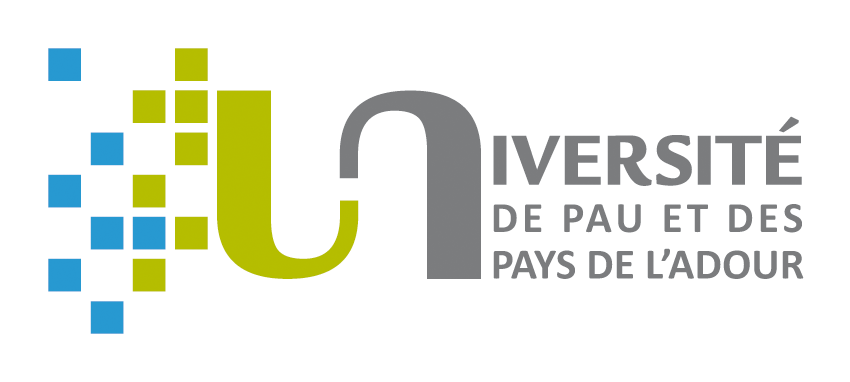Is reducing phosphorus inputs sufficient to reduce hypoxia in estuaries? The example of the Loire estuary
Résumé
Coastal deoxygenation is mainly attributed to excessive nutrient and organic matter inputs from anthropogenic activities. However, although mitigation strategies have been implemented to reduce nutrient inputs, the recovery of estuarine systems has often been limited. By examining long-term data from the turbid Loire estuary, which is prone to summer hypoxia, we aimed to understand the influence of these initiatives on nutrient and dissolved oxygen levels. The data showed that despite the reduction of dissolved phosphorus in the inner estuary, summer hypoxia persisted. By integrating high spatial resolution datasets, we identified nutrient sources, particularly ammonium, in the estuarine turbidity maximum zone. Nutrient recycling is likely to maintain summer hypoxia and hinder ecosystem recovery from hypoxia. A comprehensive understanding of estuarine geochemistry and internal nutrient cycling is essential to develop targeted remediation strategies and mitigate the ongoing threat of hypoxia.
